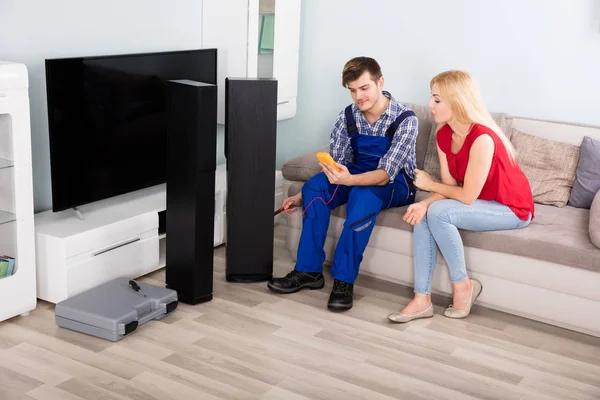Creating the perfect home theater setup is an exciting project that can transform your living space into a cinematic paradise. However, it requires careful planning and attention to detail to ensure everything comes together seamlessly. A well-thought-out checklist can help you streamline the process and avoid common pitfalls.
The first step in setting up your home theater is selecting the ideal location. Choose a room where you can control lighting and sound for an immersive experience. Once you’ve identified the space, consider its dimensions and layout when deciding on seating arrangements, screen size, and speaker placement. Comfort should be prioritized—opt for cozy recliners or sofas that allow everyone to enjoy long movie nights without discomfort.
Next, focus read on choosing the right display technology for your needs. Whether it’s a high-definition television or a projector with a large screen, ensure it fits both your budget and room size while delivering excellent picture quality. For audio, invest in a surround sound system that provides rich and balanced acoustics. Proper speaker positioning is crucial; follow guidelines such as placing front speakers at ear level and rear speakers slightly above ear height for optimal sound distribution.
Cables are often overlooked but play a vital role in maintaining neatness and functionality within your setup. Use cable management solutions like zip ties or conduits to keep wires organized and out of sight. Additionally, consider whether you’ll need HDMI cables or optical audio connections based on your devices’ compatibility.
Lighting also plays an essential role in creating the ultimate viewing experience. Install dimmable lights or LED strips along walls to create ambiance without causing glare on the screen. Blackout curtains are another great addition if you’re dealing with natural light during daytime use.
Don’t forget about additional equipment like streaming devices, Blu-ray players, gaming consoles, or universal remotes—all of which add versatility to your home theater system. Make sure these components integrate smoothly with one another by testing their connectivity beforehand.
Finally, conduct thorough testing once everything is set up—check video quality across different content types (movies vs sports), test audio levels at various volumes, adjust seating distances if necessary—and fine-tune settings until satisfied with performance outcomes!

